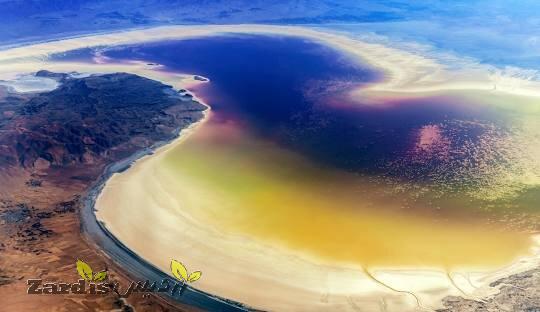In a ceremony on Sunday morning at the venue of Japan’s embassy in Tehran, the Government of Japan and the United Nations Development Programme (UNDP) signed an exchange of notes to implement the project.
The grant aid was provided with the title of Project for Developing Conservation Systems of Wetlands in Lake Urmia and Other Wetlands including their Surrounding Communities.
The allocated budget size is 690 million yen and the project site is Lake Urmia in the provinces of East Azarbaijan and West Azarbaijan, Shadegan wetland in Khuzestan province, Parishan wetland in Fars province, and Anzali wetlands in Gilan province.
The project will develop irrigation systems that respond appropriately to climate change and install water management systems. It would also create sustainable industries such as ecotourism for environmental protection and economic development in the areas surrounding these wetlands.
During the signing ceremony, Japanese Ambassador to Tehran Tsukada Tamaki, Deputy Resident Representative for UNDP Gullbahor Nematova, and the representative of Iran’s Department of Environment (DOE) delivered separate speeches.
“Over the past ten years, the unwavering support from the People and the Government of Japan has positively impacted agricultural productivity and enhanced livelihoods in target communities. In the next four years, we will continue promoting innovative, water-efficient agricultural practices, while emphasizing scaling up for a better future for all,” Nematova said.
Speaking at the ceremony, the ambassador of Japan underlined that Iran has 26 valuable wetlands listed under the Ramsar Convention, including Lake Urmia, adding that these wetlands, which are home to diverse species and migratory birds, must be conserved in cooperation with the international community.
Over the past 10 years, Japan has provided support for Lake Urmia conservation, but in order to further restore the wetland, it is essential to manage uncontrollable water extraction, develop an irrigation system that appropriately responds the climate change, and create sustainable industries such as eco-tourism, he said.
He expressed hope that the new project signed today will contribute to the environmental protection and economic development of the areas around the wetlands.
Iran has spent heavily on infrastructure projects in recent years to prevent Lake Urmia, Iran’s largest salt lake, from drying up.
Lake Urmia, located in the northwest of Iran, was once the most extensive permanent hypersaline lake in the world.
MNA/
- زردیس Zardis
- News code 55680
- 20 View
- بدون نظر
Zardis news | The latest news of Iran and the world
All rights reserved for "Zardis news"It is protected and any copying without mentioning the source is prohibited.
Pursuant to Article 12 of Chapter 3 of the Cybercrime Law, copying the format and content will be prosecuted.





